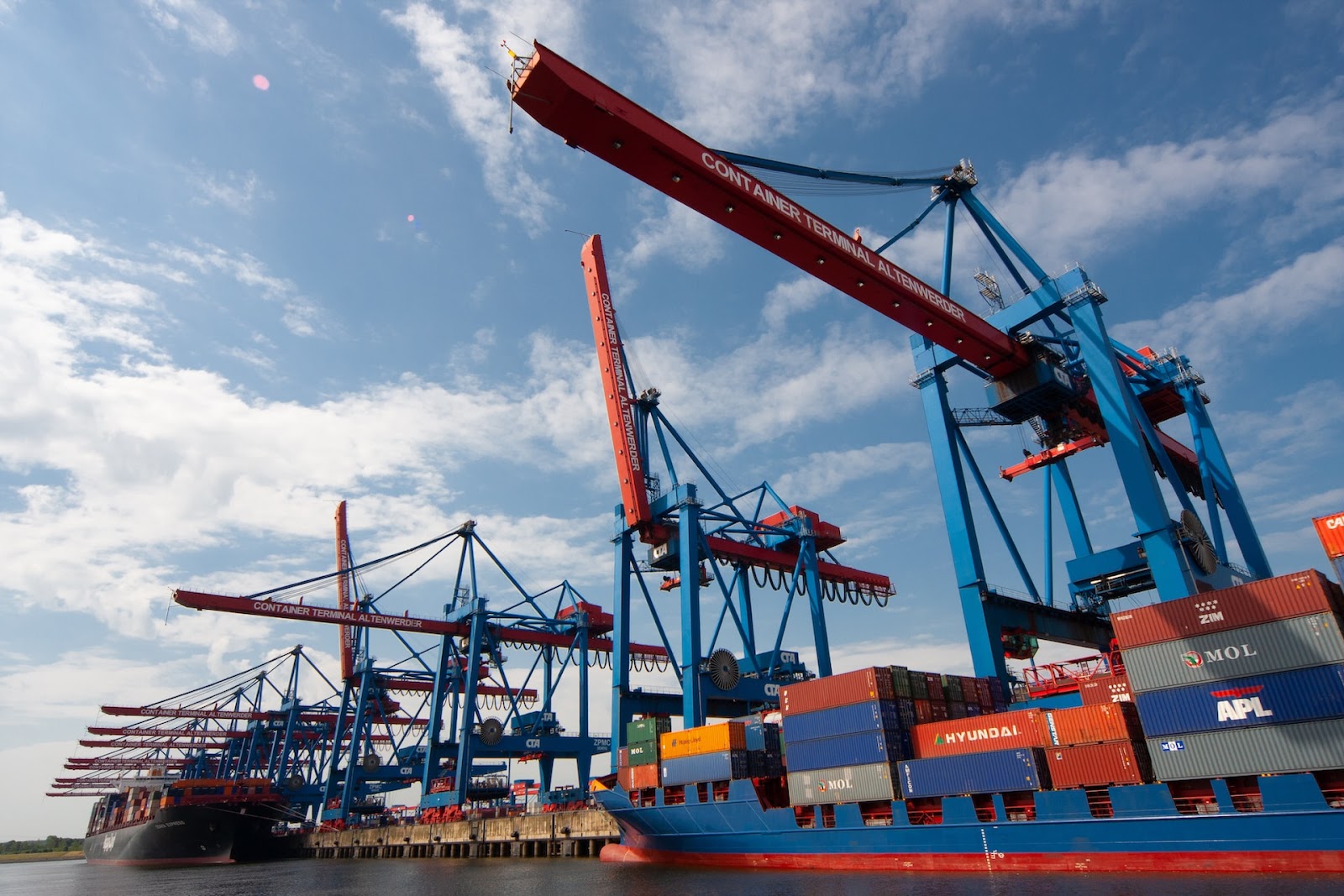6 Common Freight Management Mistakes to Avoid

Freight shipment comes with many risks due to the many potential pitfalls that might arise, from missed pickups to improper packaging. It doesn’t matter whether you’re a seasoned logistics professional or just getting your feet wet and don’t know the first thing about shipping LTL freight; distractions, haste, and even naiveté may all lead to expensive mistakes.
The good news is that it’s possible to avoid making the most typical shipping blunders by following some basic safety procedures and keeping an eye out for potential problems. You may escape disaster by following the proper shipping practices and avoiding typical LTL shipment blunders.
In this article, we’ll go through six major mistakes while handling freight. We will also give you practical tips for efficient freight management that will save time and money while enhancing your level of service to customers.
Providing the Wrong Address
It seems like an obvious mistake you can avoid, but such mistakes occur frequently and at different levels. Listing the wrong delivery address could cost you dearly and prevent your consignment from reaching its destination on time. If you provide the wrong address or it’s erroneously entered for you using autofill, the shipment will be delivered to the wrong place.
Therefore, you may need to track it down and re-route it to the right destination. As a result, it could lead to missed deadlines and the wastage of unnecessary resources and funds in re-routing charges, which, unfortunately, could result in unhappy customers. Fortunately, you can avoid this costly mistake by working with reputable freight management solution companies, as they are experienced in freight operations and could help you identify and rectify such mistakes.
Using Improper Packaging
Sketchy packaging is one of the primary indicators of damaged freight, which, again, could result in higher costs and unhappy customers. The structural integrity of most consignments suffers a massive breakdown during a single trip, which applies to properly-sized and packed boxes. The risk of damage rises exponentially when your boxes are poorly sized or packed.
Different products need different amounts of protection and care, most of which depends on the product’s weight, size, and fragility.

Even when using proper packaging, you still need to ensure your consignment is properly secured to their pallet – and not full of overhanging packages. Instead, it would be best to interlock-stack or column-stack your products to ensure they reach their destination safely. Ensure they are secured with bands or stretch wraps with sufficient cushioning to enhance stability, strength, and shock absorption.
Inaccurate Bill of Lading
The bill of lading, a fundamental document for each freight shipment, is one of the important documents you must counter-check to ensure you’re safe. It is an official, legally binding document providing the driver and carrier with all the necessary details to process your freight and invoice it accurately.
Since a lot of specific information must be documented, it’s not surprising for many shippers to provide the wrong product description, enter the wrong count, or fail to understand the terms and conditions of the BOL. Therefore, it would be best to go the extra mile and confirm that your items, business reputation, and everything else are 100% accurate.
Wrong Freight Class Listing
Although your consignment’s weight is part of the bill of lading, you must have its precise listing because a wrongly listed weight or freight class could be a costly and serious mistake. You could be charged extra fees if you guess your shipment’s weight without a weigh station. In addition, many shippers try to list their consignment in the lowest class possible since the lower class comes at lower prices. However, if the listed class is incorrect, you’ll be charged an additional reclassification fee, often higher than the difference from one class to the other.
Lack of Freight Insurance
Shippers tend to avoid paying insurance for their items to reduce costs. Although you may save some cash in the short term, you may pay more due to the law of averages. Depending on your shipping frequency, your goods will likely experience damage in one way or another. It could be theft, an overturned truck, an accident, a disaster, or other problems that could ruin the consignment.

The relatively low cost of insuring your shipment prevents you from worrying about the potential mishaps that could happen over time. It can also save you from potentially financially crippling costs of the whole consignment.
Failing to Palletize Your Shipment
Palletizing requires plenty of time and effort, but it’s way better than losing an entire stack of items shifting around during transit and getting damaged. Moreover, many LTL firms will not allow you to ship your consignment without a pallet. If you fail to do so, they could palletize the products and transfer their cost to your company. Although this is negotiable, you’ll find it less costly to do so yourself.
Concluding Thoughts
Freight shipment management is a vital part of every successful supply chain, and it is more important than ever in the wake of the worldwide epidemic and economic shocks. Yet freight management can prove challenging and calls for meticulous preparation, strict adherence to regulations, and constant refinement.

Some avoidable mistakes could cost your business a lot of time and resources due to re-routing, order cancellation, and legal issues, ultimately resulting in unhappy customers. Use this guide to learn the common mistakes in freight management and avoid them to protect your business.
What's Your Reaction?
Deepak is a lover of nature and all things sporty. He loves to spend time outdoors, surrounded by the beauty of the natural world. Whether he's hiking, biking, or camping, Deepak enjoys being active and in touch with nature. He also loves to compete and push himself to his limits. Deepak is an avid cyclist, runner, and swimmer. He has competed in several triathlons and marathons, and is always looking for new challenges to take on.



